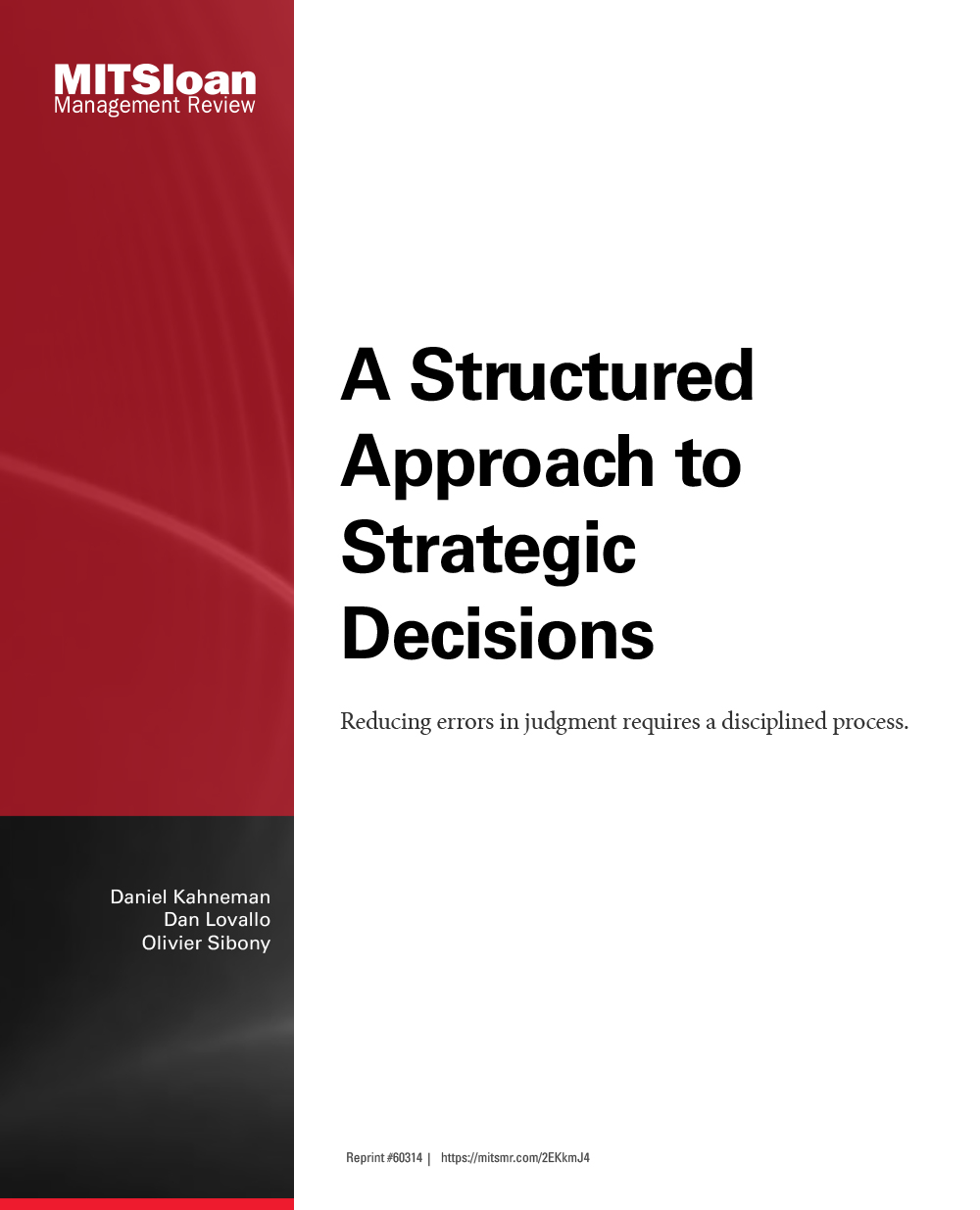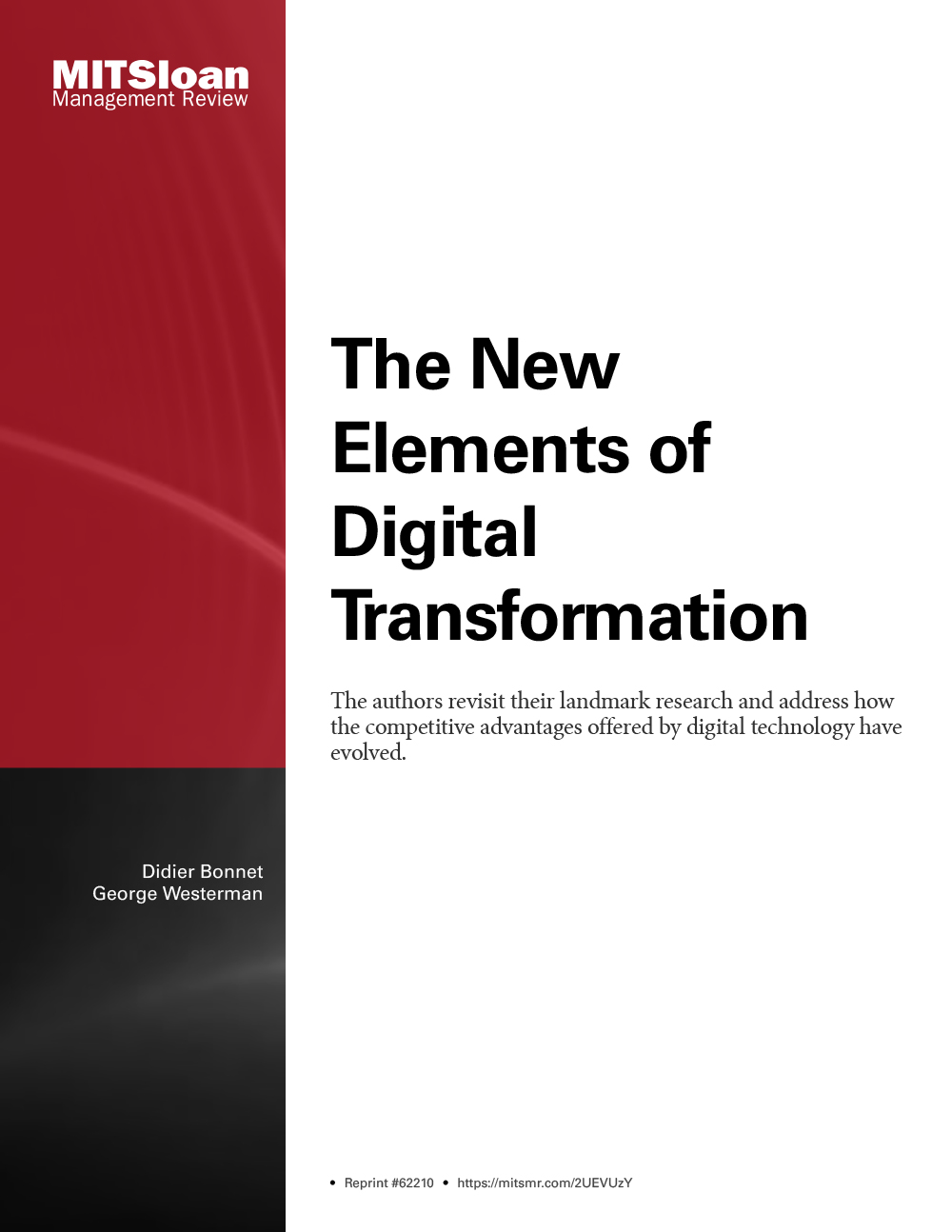
Amoeba Management: Lessons From Japan's Kyocera
A persistent challenge for companies as they grow is how to maintain the high level of dynamism and employee commitment that drove success in the early days. Over the years, thoughtful managers and management theorists have formulated many approaches for dealing with the problem, all aimed at giving managers and employees more responsibility and accountability for the performance of their own profit centers. But the authors argue that few companies have taken things as far as Kyocera Corp.
Headquartered in Kyoto, Japan, Kyocera produces a range of industrial ceramics, semiconductor components, electronics devices and information and telecommunications equipment. During its more than five decades in business, a key driver of Kyocera's growth and success, the authors say, has been its distinctive entrepreneurial culture, known internally as "amoeba management."
Kyocera founder Kazuo Inamori developed the amoeba management system to help ordinary employees without any operations or finance backgrounds see how they can contribute to the success of the business. Within Kyocera, there are some 3,000 amoebas, most of which have between five and 50 employees. They are expected to operate independently and find ways of working with other amoebas to achieve profitable growth. Amoebas share their plans with senior managers at plantwide assemblies. Hourly efficiency is the primary measure of amoeba performance. The ratio allows management to make profitability comparisons across amoebas and time.
The authors note that Kyocera's system is better suited for business environments characterized by intense competition and fast technological change, because companies in such environments require decentralized structures.
Headquartered in Kyoto, Japan, Kyocera produces a range of industrial ceramics, semiconductor components, electronics devices and information and telecommunications equipment. During its more than five decades in business, a key driver of Kyocera's growth and success, the authors say, has been its distinctive entrepreneurial culture, known internally as "amoeba management."
Kyocera founder Kazuo Inamori developed the amoeba management system to help ordinary employees without any operations or finance backgrounds see how they can contribute to the success of the business. Within Kyocera, there are some 3,000 amoebas, most of which have between five and 50 employees. They are expected to operate independently and find ways of working with other amoebas to achieve profitable growth. Amoebas share their plans with senior managers at plantwide assemblies. Hourly efficiency is the primary measure of amoeba performance. The ratio allows management to make profitability comparisons across amoebas and time.
The authors note that Kyocera's system is better suited for business environments characterized by intense competition and fast technological change, because companies in such environments require decentralized structures.




